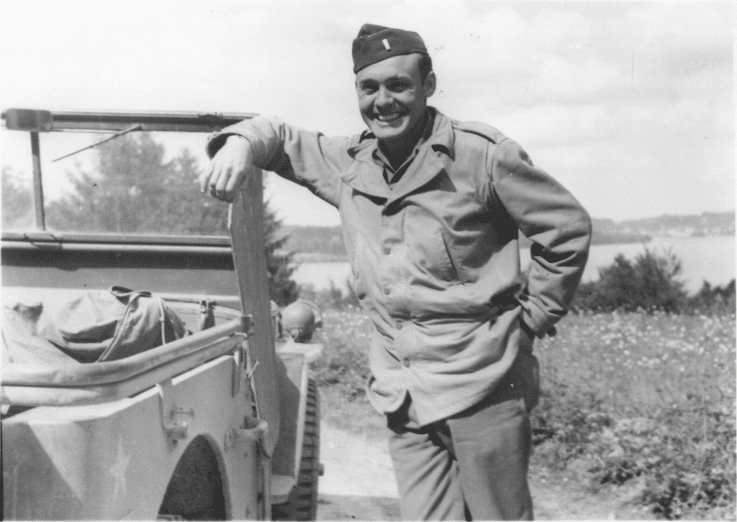The photos that make up the James P. Kuykendall Photography Collection were nearly lost to history, but by great coincidence, they found their way to Northern Arizona University’s Martin-Springer Institute (MSI) and are now a digital exhibition available to all.
That coincidence began with a conversation between a patient and her physical therapist and ended with untold hours of work by NAU students.
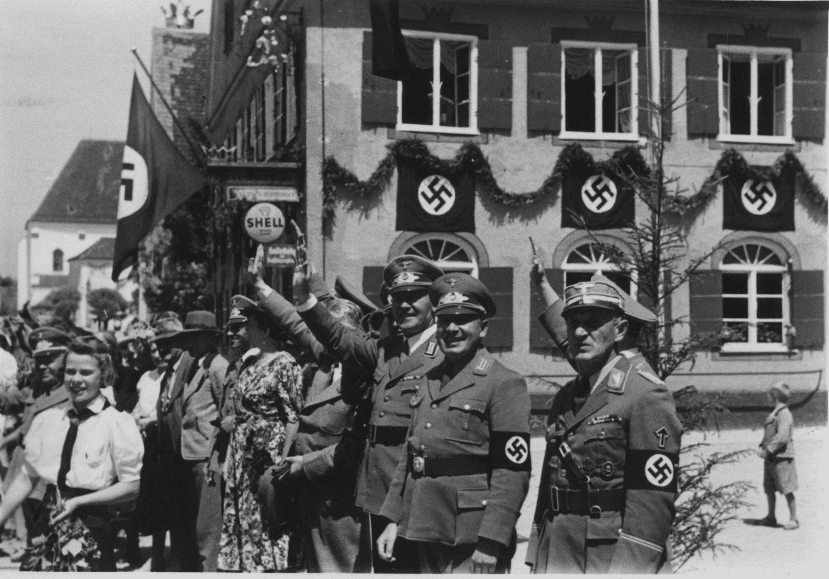
James Kuykendall was an amateur photographer who documented his 1942-46 tour through southwest Germany and other Nazi-occupied territories in more than 500 pictures.
The collection came to the Martin-Springer Institute after Carol Wittmeier, a physical therapist then living in California, heard that Kuykendall’s descendants were unsure of what to do with the photographs and were considering throwing them out.
Wittmeier, who now lives in Prescott, had heard of the MSI because her son was attending NAU at the time. So, she arranged for the photos to end up in its possession.
“I said yes because I saw a potential here for an applied student research project,” said Björn Krondorfer, the institute’s director and endowed professor of religious studies. “But not in my imagination did I think something so wonderful as the current digital collection would emerge from this.”
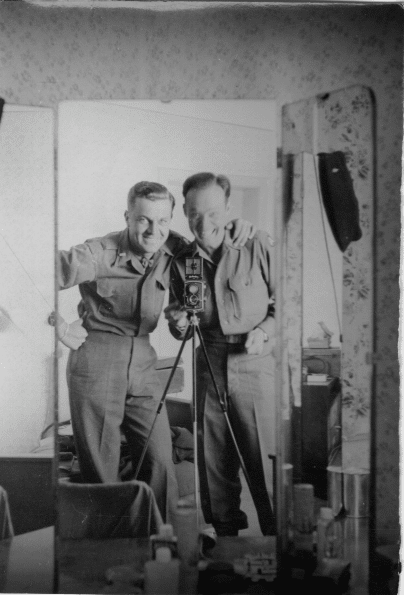
Krondorfer said the small scale of the photographs means it would be hard to exhibit them in a traditional analog exhibition at a show. That led to a decision that the entire collection could be archived and made available to the world via a website.
He recruited three students to begin on the project in the fall of 2019. The first was Abbey Buckham, a graduate student studying history at the time.
“I’ve developed an affinity for working with personal photograph collections in the past, and I thought this project would be a great way to reconnect with those feelings,” she said.
Buckham spent two weeks learning about photo archiving at the United States Holocaust Museum, a trip made possible by a donation from MicMar Demolition in Phoenix.
Another student who came on board shortly thereafter was senior Holly Filsinger, who’d had experience working on projects centered on past Martin-Springer Institute projects.
“As time passes, it is impossible to know and tell all the stories of those who experienced the war, especially those who were victims of genocide, whose stories were purposefully erased,” she said. “This is the way in which my understanding of the world changed working on this project. Having the ability to research historical moments in-depth allows one to see a fuller picture.”
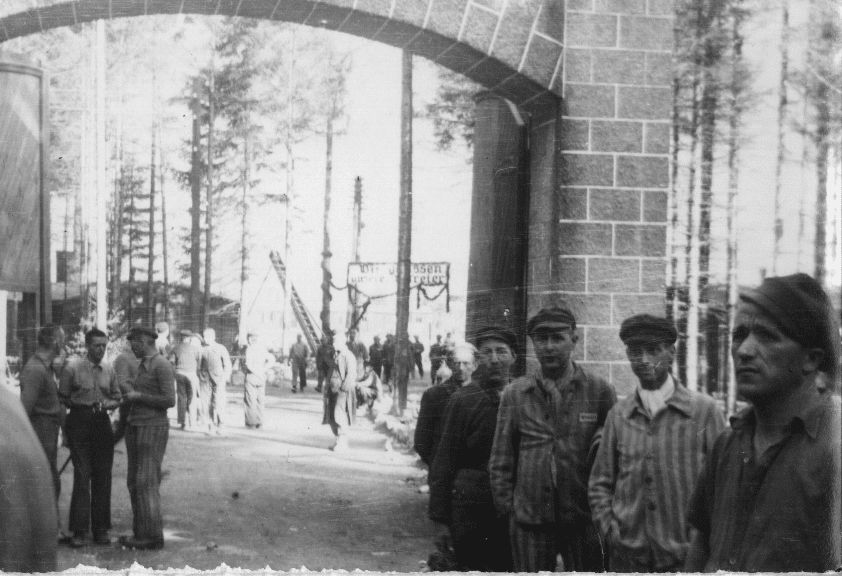
At the start, the project seemed like it would be a good opportunity for students to gain some real-life experience, but as they started the work, the students realized the deeper understanding that the images gave of the war in Europe.
“The photographs provide insight into major historical moments such as the aftermath of the Battle of the Bulge, destruction of cities and the liberation of the Ebensee camp while also showing the moments that would otherwise not be remembered—the personal, in-between moments that reveal and remind the viewer of the human element of war,” Filsinger said.
Along with that wider perspective, though, comes a ground-level understanding of what World War II was like for the people who were affected by it.
“The collection tells us about the everyday life of a GI while advancing with the U.S. medical corps from France through Germany to Austria and his encounters with pastoral landscapes, the ruins of war, the atrocities of Nazism and the documented moments of reprieve for him and his comrades,” Krondorfer said.
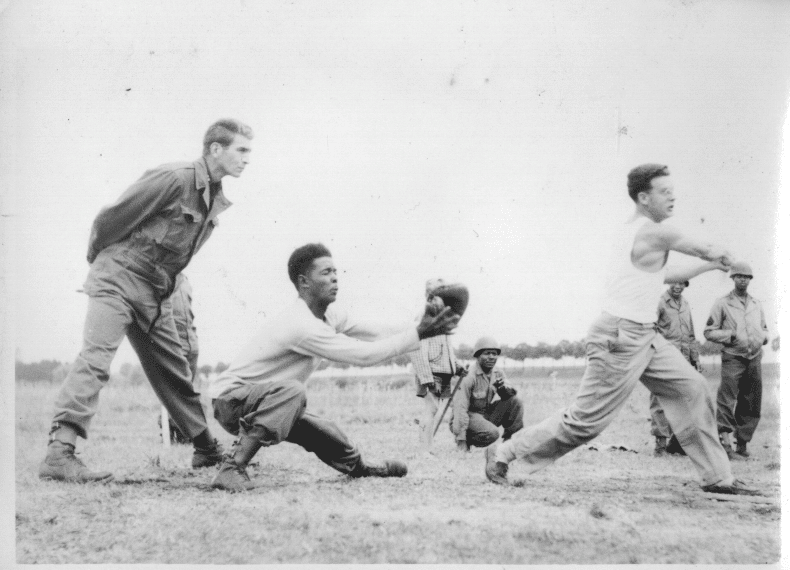
“Many of these military men were really just boys trying to make it through a confusing and disturbing time in history, which is why I love photographs of them drinking or playing baseball together. It humanizes them as ordinary people to see past the uniforms,” Buckham said.
It also offered unique lessons that will go far when they are done with their studies at NAU.
Buckham finished her master’s degree in history in May and has continued on with a job at Lowell Observatory. She said this project will be a huge boost as she hunts for jobs in the future. Learn more about Abbey Buckham at NAU Aspirations.
“While I’ve worked on many collections and exhibits, I believe that my team really made an impressive and accessible final outcome that I can share with future employers,” she said.
Filsinger also finished her undergraduate work at NAU in May and is now doing graduate studies in visual culture at Illinois State University. She said this project and the others she worked on for the Martin-Springer Institute helped her develop professionally and personally.
“My various projects with the Martin-Springer Institute has allowed me to gain new skills and approaches to research that already inform my studies but absolutely will continue to help in my future career.”
View the photos and learn more about the Kuykendall Collection online.
Zachary Ziegler | College of Arts & Letters
